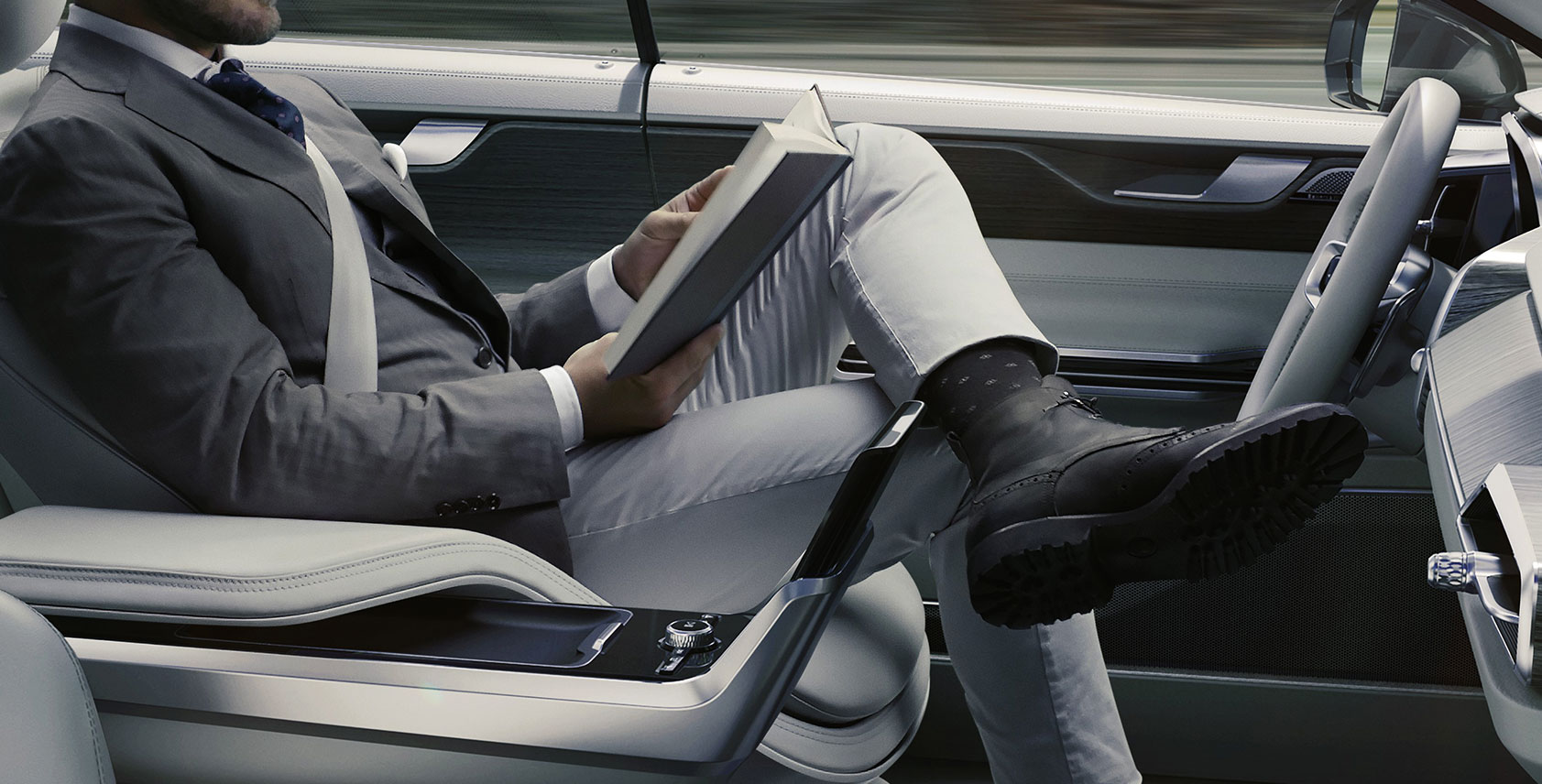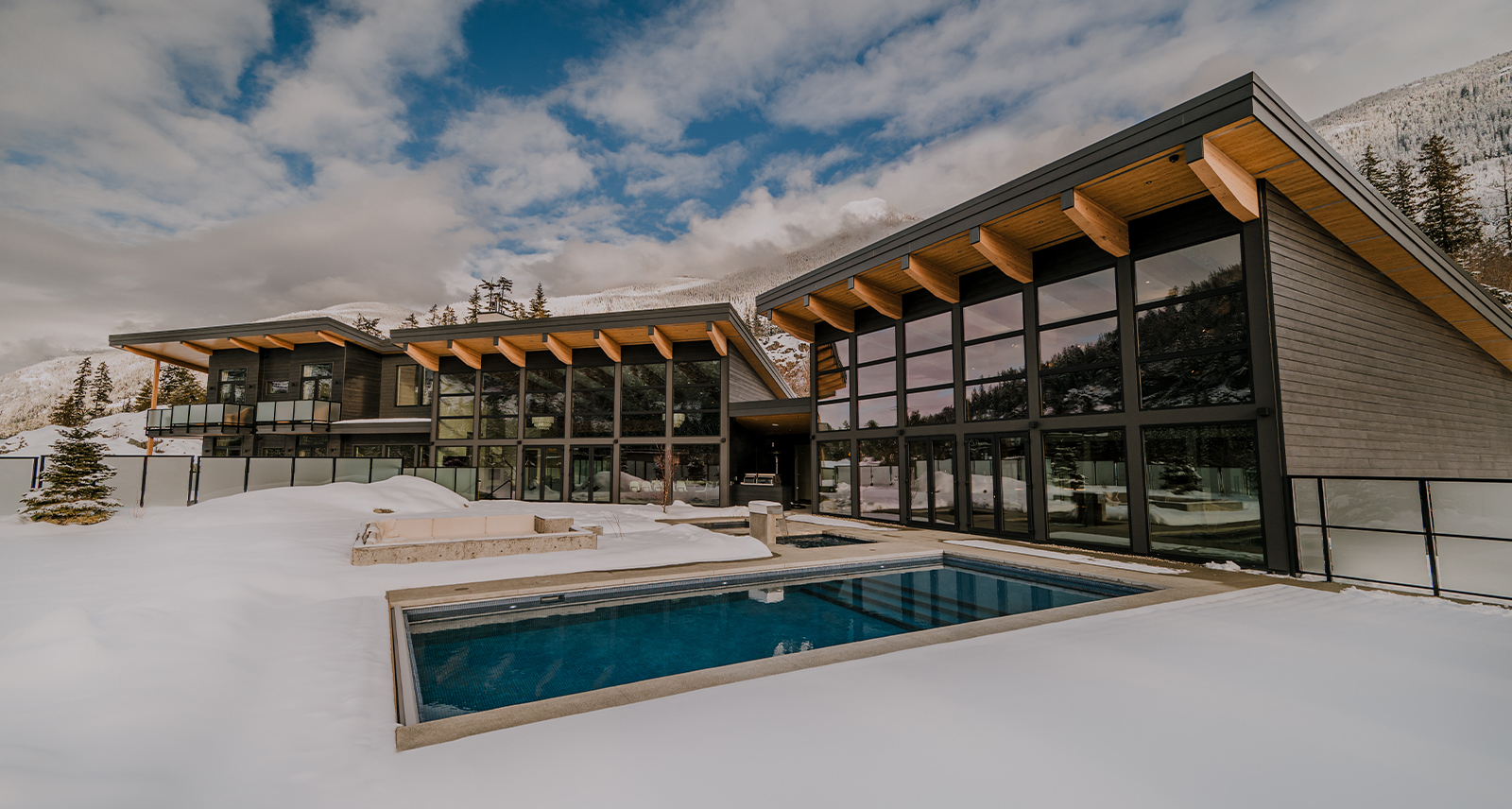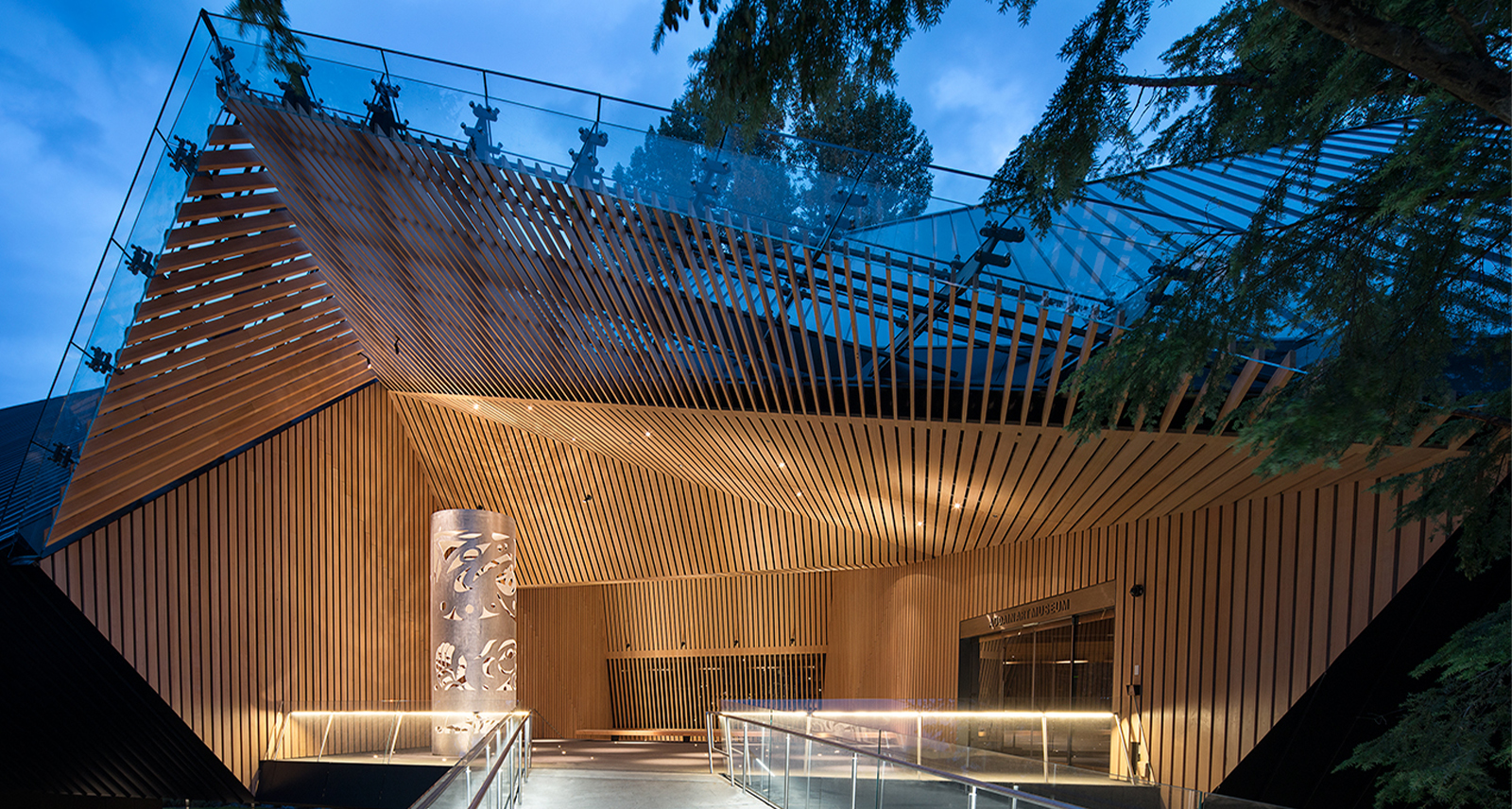When Cars Drive Themselves, What Will We Do Inside Them?
If there’s one thing money can’t buy, it’s extra hours and minutes. Free time is the ultimate luxury. It’s why an extra-long commute or a delayed flight can be maddening. Wasted time is the worst sin.
In their heyday, cars were the fastest, most exciting, most convenient part of daily life. You may not have gone to the moon, but you could feel like Buzz Aldrin blasting your winged slab of American luxury down an empty stretch of smooth and open Interstate. Today, cars are most often going nowhere, stuck in traffic. It’s not their fault: cities are crowded, bustling, and only getting more so. Cars are slow compared to the devices in our pockets, which can put all the world’s information in front of you in an instant, or let you talk face-to-face with long-distance relatives, all without having to travel to the library or another country.
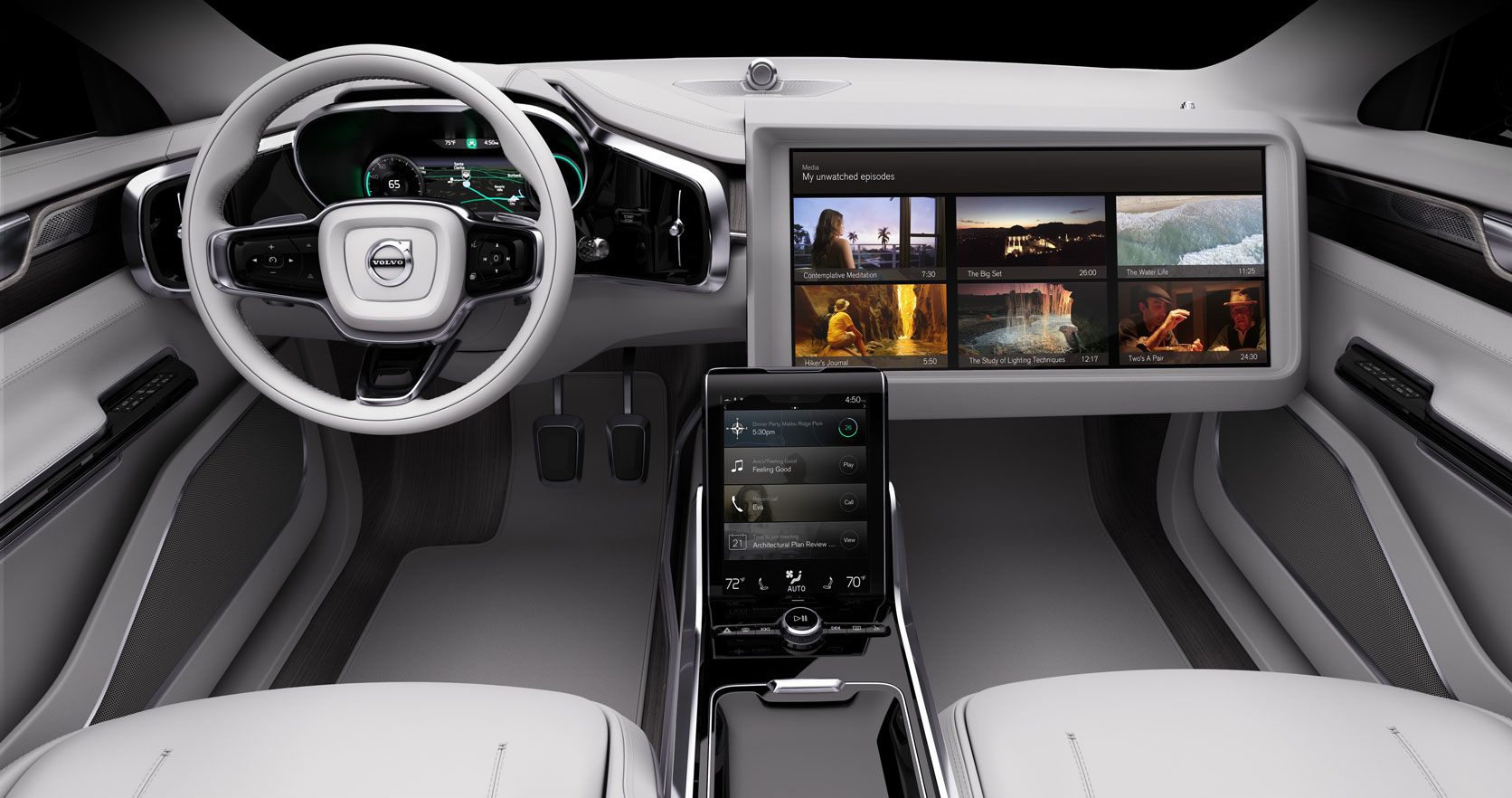
Cars are analog machines in a digital age — but that’s about to change. Robotic, artificially intelligent, self-driving cars are coming soon. Picture the scene from Total Recall where Arnold Schwarzenegger gets in the automatic taxi, but without the creepy robot — or dystopia.
But if we don’t have to drive cars, what are we going to do in them? Curiously, it’s a question few car makers are asking.
Faraday Future, the shadowy car company start-up by LeEco — a kind of Chinese Netflix — thinks we should be watching stuff in their cars, sponsored by advertisements and product placements. Mercedes-Benz has us sitting in lounge-like pods. BMW is trying to make the driver into a hyper-connected Ultimate Driving Machine. Apple is launching some car-like thing dubbed “Project Titan” in 2021, but nobody has any idea what it’ll look like.
Volvo, meanwhile, is leading the way, taking a uniquely Scandinavian, particularly practical approach.
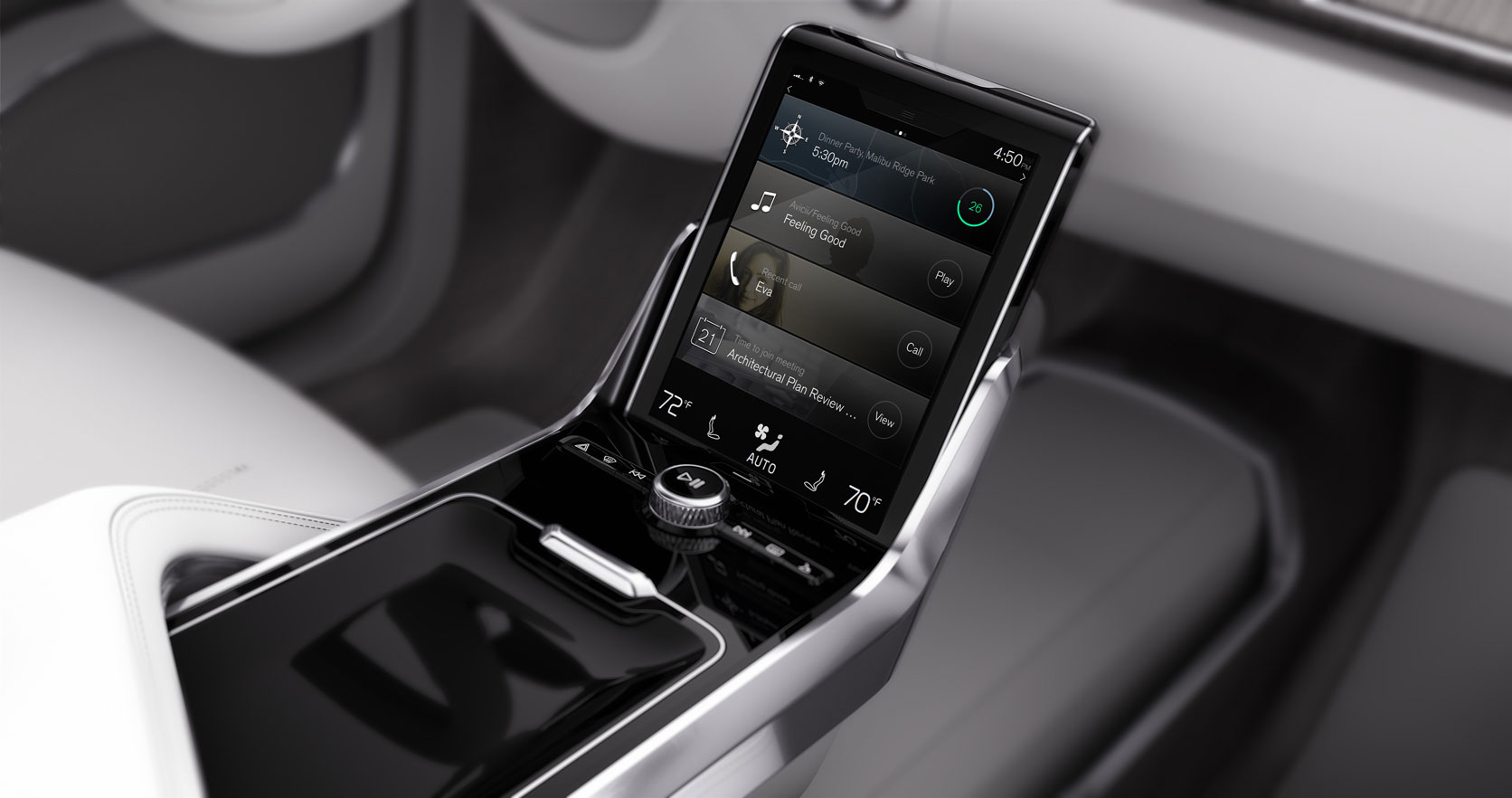
“We wanted to make sure that the first autonomous cars out there feel like something real, something you recognize,” said Anders Tylman-Mikiewicz, manager of Volvo’s concept centre in California. “Once you’re in autonomous driving mode, we want to make you feel that you always have control of the vehicle.”
Tylman-Mikiewicz was one of the designers who worked on Volvo’s Concept26, a vision of the autonomous car as office and lounge. Your parents would recognize it as a car — although the concept is just a car’s cabin. There’s nothing too shocking here: seats, steering wheel, pedals. The dashboard shows you what the car sees, and what it’s going to do next. If you want to take over at any time, you can.
But what’s interesting about Volvo’s vision is how it frees up space for you to do something other than drive. “For me this is about creating modern luxury,” said Robin Page, Volvo’s VP of interior design. “It’s not so much about traditional luxury and the craftsmanship and the details and execution; it’s about how customers use their time.”
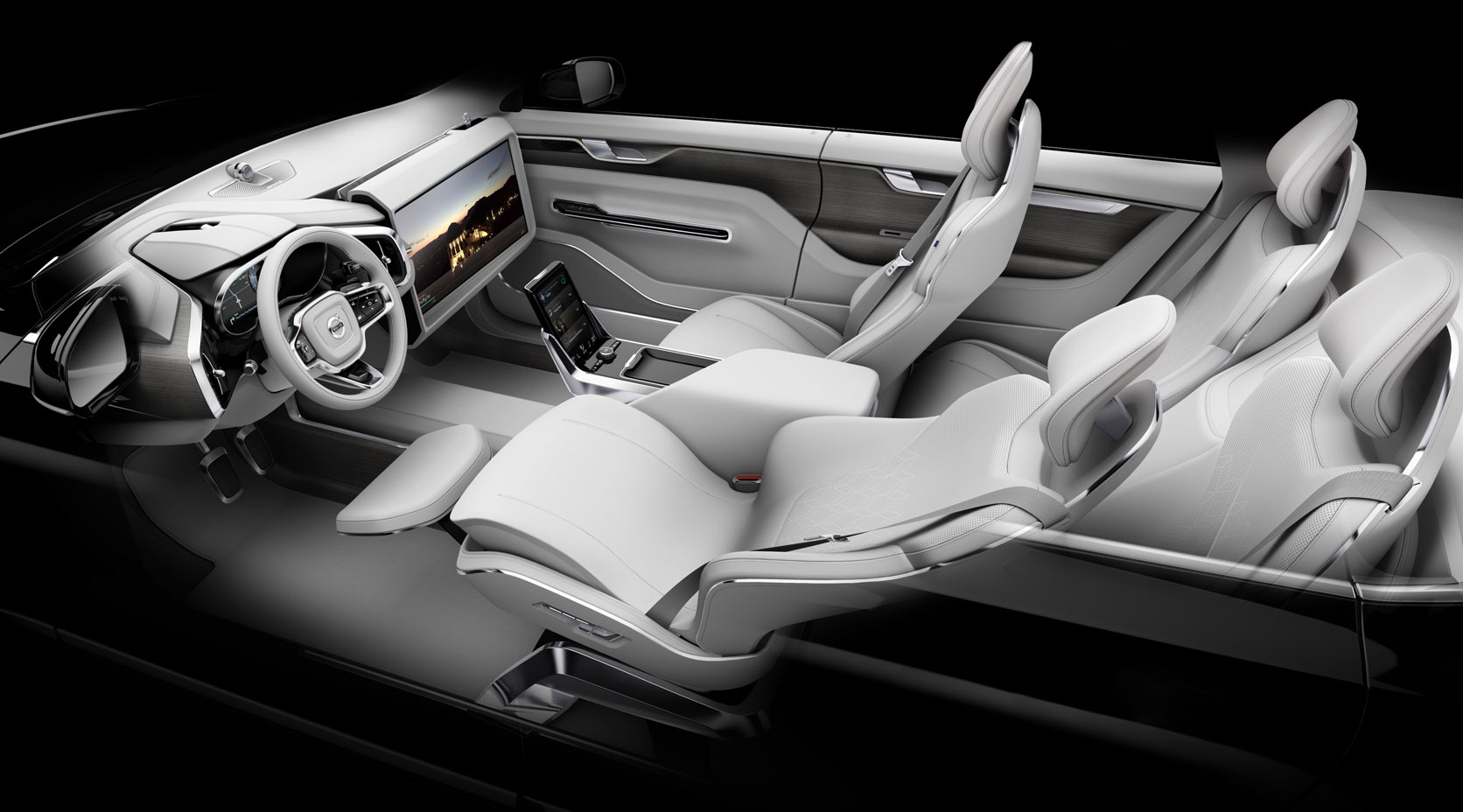
Page’s previous job was at Bentley, so he knows all about craftsmanship. But he’s focused now on something more esoteric. “We did a survey and found the average commute time for our customers in America was 26 minutes,” he said. “What do we do with 26 minutes? We wanted to create a mode where you could drive, but also one where you could work, catch up on e-mails, be entertained, eat and drink. The third mode is where you actually sit back and relax and just chill out.”
The Concept26 transforms as you switch between these three modes, almost like a first-class airline seat. For work, the seat moves backwards, the steering wheel retracts. Key controls move with your seat so they’re never out of reach. When you want some quality screen time, a gigantic LCD flips out from under the dashboard and the seat reclines even further. It’s at once familiar and strange, futuristic and completely plausible.
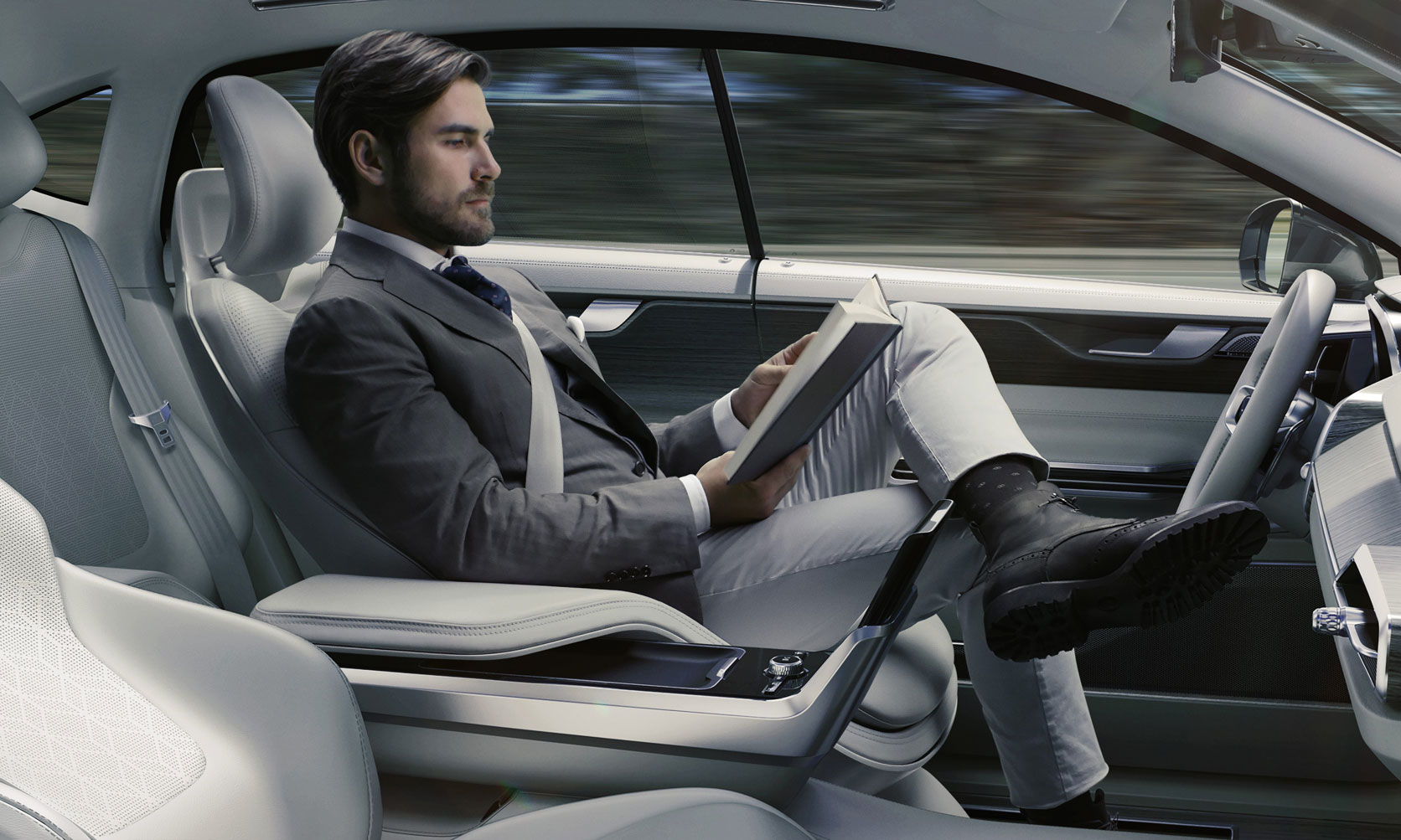
It’s a tad too early to get caught up in the hype. Your next lease won’t be for Robocop’s car. Vehicles in which the driver (passenger?) does not have to pay attention to the road are still probably eight or ten years away, at the earliest; even longer for a machine that can drive itself in a dense city centre (although Volvo and Uber have teamed up to try it out in Pittsburgh starting this fall). This is still early days, but that’s exactly why it’s exciting: anything goes. Autonomous cars won’t solve gridlock in the downtown core, or speed up bumper-to-bumper traffic on the 401 — they’ll do one better: they’ll give you back that wasted time.
